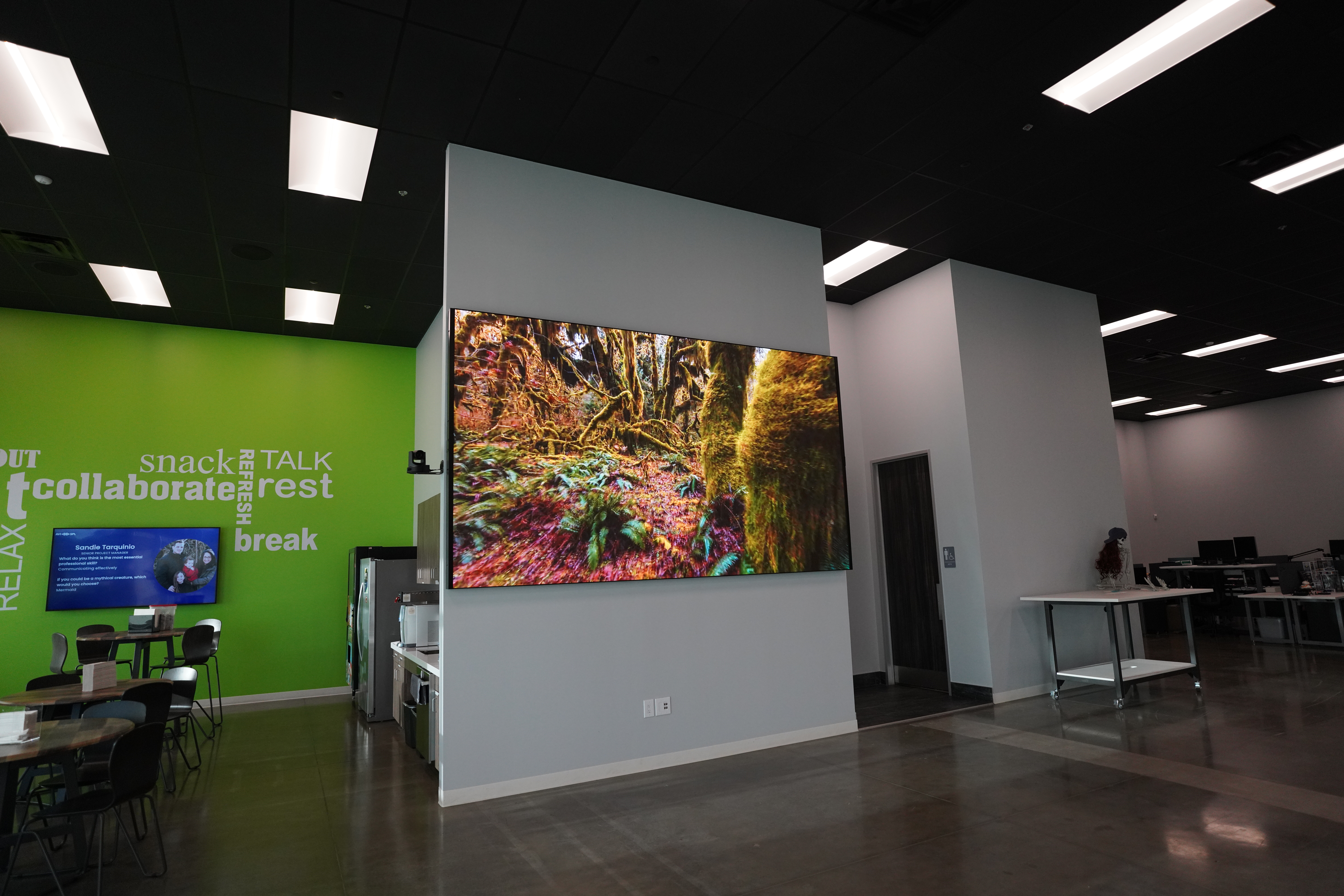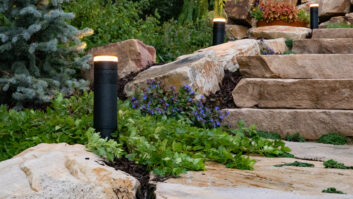
Tim Carrigan, manager of technical and design services at RGB Spectrum, offers 10 tips for a successful videowall set-up.
High-quality videowall systems display a range of visuals and deliver eye-catching impact. They are being deployed in a range of applications: corporate boardrooms, digital signage, control rooms for critical infrastructure, security and surveillance monitoring, to name just a few.
Working with a design team that offers knowledge and expertise can help maximise the long-term returns of a videowall investment. Here are 10 simple but effective tips to ensure a successful videowall system set-up.
1) Differentiate between what a customer wants and needs
What a customer wants, and what they actually need, can be very different things, so you should start the process by understanding both of these elements. Adding in some ‘bells and whistles’ may help you close a deal, but delivering a system with the functionality required will ensure a happy customer.
2) Understand customer expectations
Before designing a solution, you need to understand why a customer wants to install a videowall system. What do they plan to do with it, and how will it fit into their existing AV or control room infrastructure? There are always multiple ways to get to the same end result. Asking the right questions at the start of the process will help you determine the best way to get there.
3) What are the right questions?
In many cases, customers either don’t know what they want, or don’t know how to explain it to an integrator. A detailed list of basic questions can help you properly qualify customers and clarify their requirements.
At the end of this survey, you should have obtained information about: the customer’s business model, system requirements, intended use, budget, priorities, timeframe and expected functionality.
4) Understand the nature of the sources
How many sources will feed into the videowall processor? What are their resolutions? What kind of content will be displayed? Will IP streaming sources or applications need to be displayed? How far away from the wall will the sources be located? These questions will help you decide what kind of processor, cabling, extenders, signal support and connectors are needed.
5) Clarify number of inputs, outputs and displays
Videowall processors configure multiple sources from disparate systems for display on an array of monitors or projector screens. Determine the size of the wall, the type of content (graphics, text, motion video, or a combination), the number of sources that need to be displayed simultaneously, and whether real-time processing is required.
6) How important is system security?
Videowalls can be used for a variety of applications, some mission-critical and some less so. For example, security is very important in control room, surveillance or monitoring environments, so a hardware-based videowall processor might be the best choice. However, for a less critical application where security is not a priority (such as digital signage), a PC-based system may provide more flexibility.
7) Document, document, document
Using the first six tips, you will obtain a lot of information from the customer. Make sure you document the process at every step, so that you have support for the decisions you make.
8) On to the design
With a clear idea of what the customer expects, you can now design your system. When possible, work with a manufacturer’s design services team, since they are expert in the use of their products. Provide customers with a system diagram, bill of materials and a functionality statement that clearly outlines what the system was designed to do, what will be delivered to the customer and the timeline for completing the project.
9) Present the customer with options
The technological landscape is constantly changing. With this in mind, it is important to educate your customer about trends and present options that can help future-proof their installations. For example, you could build in room for system expansion, or enable the system to accommodate higher resolutions (such as 4K). Offer the most functionality and flexibility that the customer’s budget allows, and then let them decide which elements to incorporate.
10) Test the system before delivering
Before you deliver the final product, test and troubleshoot the system in-house. This will increase customer satisfaction with the system and reduce or eliminate the time required for tech services personnel to be at the customer site.
Leverage the expertise of a knowledgeable design team, gather information, manage expectations, and document every step before designing, testing and delivering your system.







